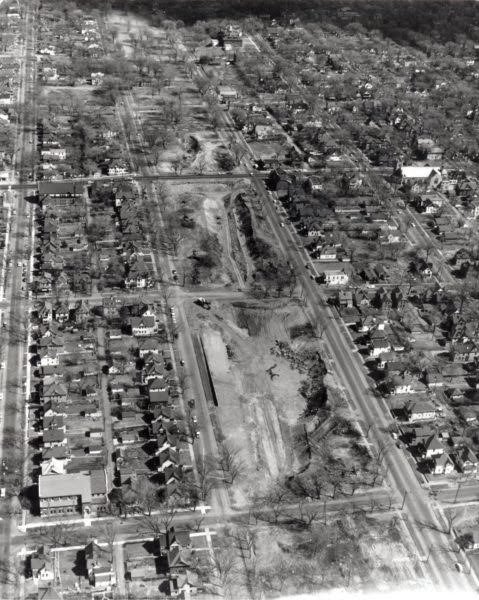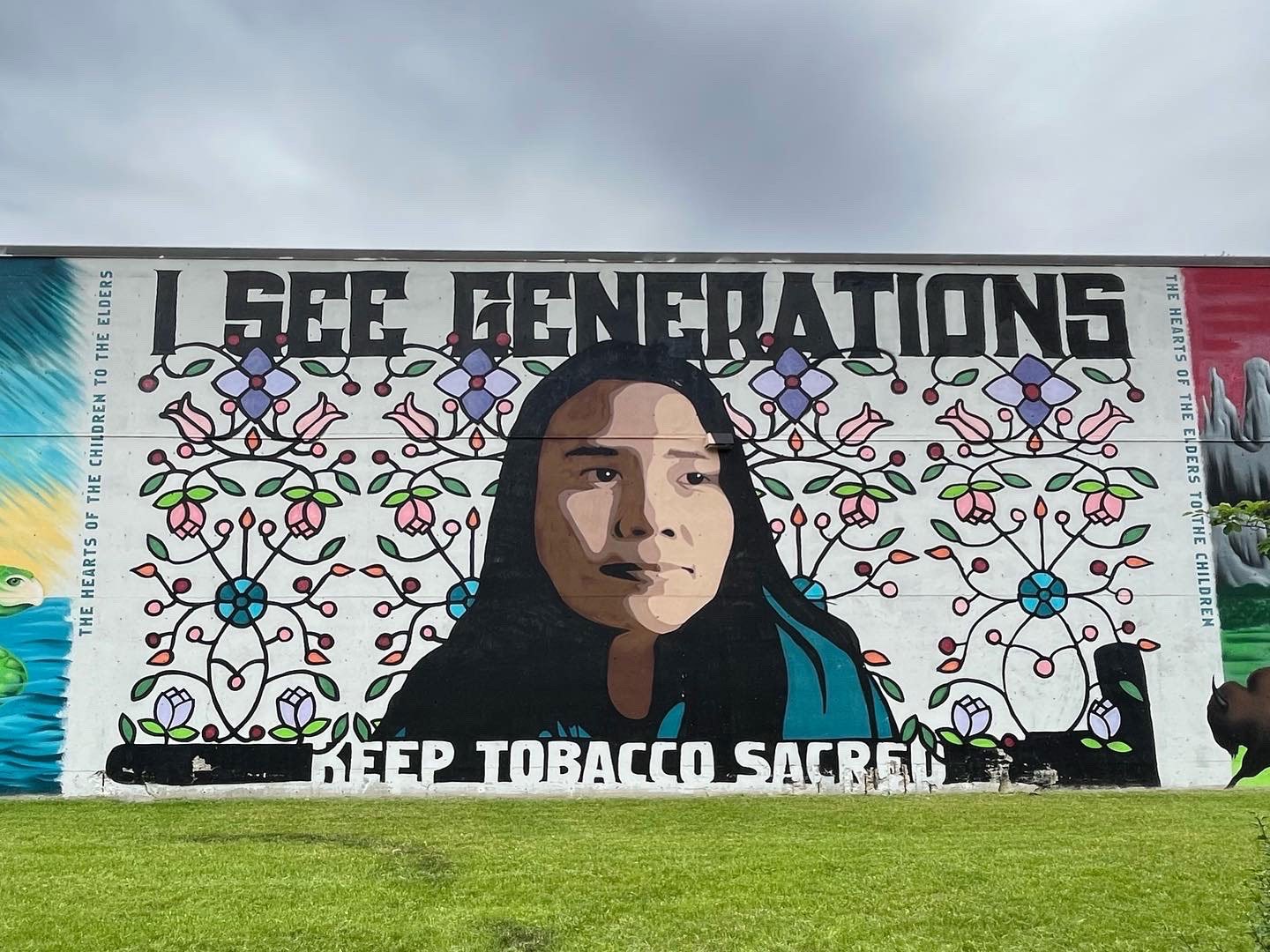What do Hmongs, Native Americans, & African-Americans Have In Common? Resiliency!
Exploring Placemaking & Community Development In St. Paul & Minneapolis, Minnesota
Last June, I was fortunate enough to be invited to Minnesota along with a delegation from National CAPAD’s Creative Placemaking Learning Circle co-hort to learn about the exciting development of Little Mekong. As a bonus, we also visited the Native American Cultural Corridor and the George Floyd Memorial.
Little Mekong has a lot of similarities to SOMA Pilipinas. Southeast Asian immigrants created a home among other people of color and the specter of redevelopment galvanized the community to take a stand.
In the case of Little Mekong, a planned light rail project connecting the Twin Cities of St. Paul & Minneapolis would run through their neighborhood was their rallying point. In the 50’s, a freeway project ran thru this part of town and decimated the African-American business community.
Cognizant of the mistakes of the past, community stakeholders foresaw the multi-year construction of the light rail could undo the rapid growth of Southeast Asian business in the area. To add insult to injury, the proposed light rail would not even stop in the area!
The community was successful in advocating for construction mitigation funds for small businesses. In a similar parallel to SOMA Pilipinas, they started to produce a successful series of night markets that drew 20,000 people to the area. Then, 2nd generation Hmong started to set up new businesses and buy buildings in the surrounding area. Little Mekong has grand plans to build a community art gallery and cafe as well as buy more buildings to stabilize and protect their community for the foreseeable future.
An unexpected bonus in my trip was a visit to the Native American Cultural Corridor–a neighborhood where 60% of the community owns their buildings. Part of the buying spee was a function of staving off the scourge of alcoholism in the Native community by kicking out the bars and the area–gangster.
No visit to Minneapolis is complete without paying homage to the George Floyd Memorial site. A sacred place for the residents of that area. We were told upfront that our presence would be flagged by locals and to be mindful of photography–it’s not a tourist site. W/i 5 mins of walking thru the area, we were approached by a local resident asking why we were there. After communicating our sincere intentions, he shared with us his experience of what happened during the uprising. He played the role of guardian, he didn’t want to see his neighborhood burn. He and other residents setup roadblocks and prevented rioters from burning the place down. Today 100’s of people visit daily to pay their respect and leave mementos that are being cataloged and archived by academics. Artists have setup installations proclaiming this is a free zone, while a nearby park is filled with tombstones of those killed by police brutality.
My key takeaway from this trip is the long history of resilience of marginalized communities in the Twin Cities. From the Native Americans reestablishing their roots thru ownership, to Hmongs defining their community in the face of redevelopment, and the resistance of the African American community in the face of systematic racism out of control. The Twin Cities are both a symbol of what is wrong and what is possible in America.
















